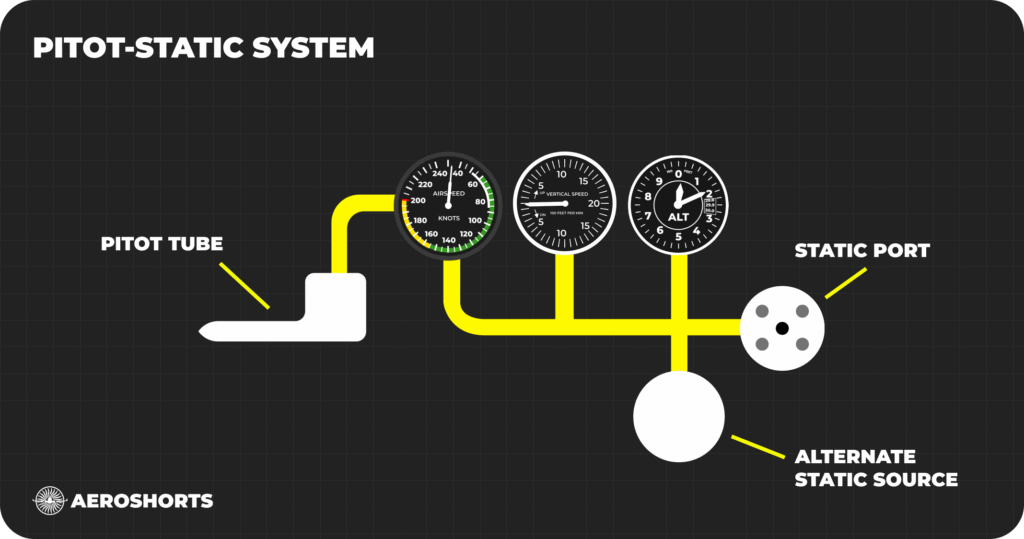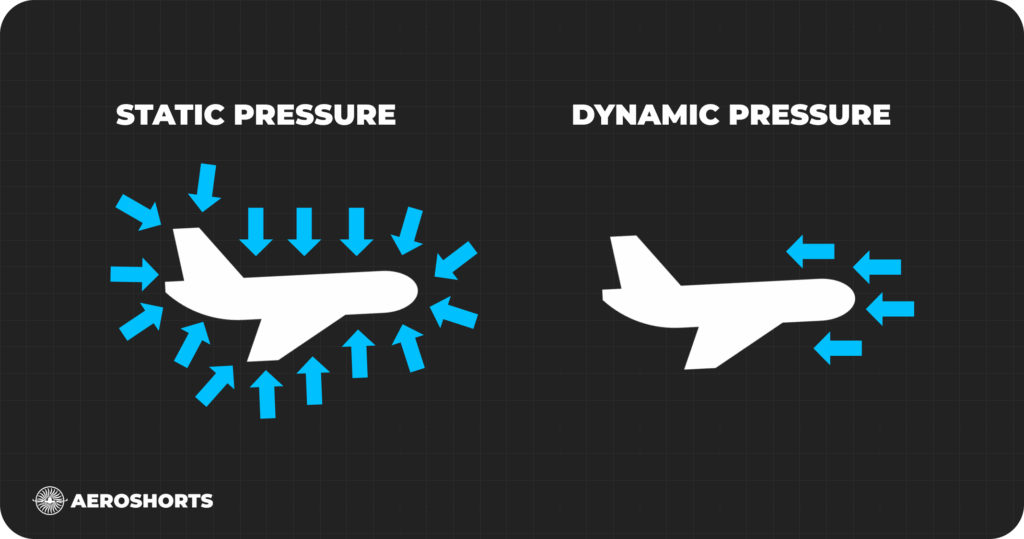In aviation, precise airspeed and altitude measurements are critical for safe flight operations. One of the most important tools that help pilots gather this information is the Pitot Static Tube. Although small and simple in design, the Pitot Static Tube plays a crucial role in providing pilots with real-time data about the aircraft’s movement through the air.
What is a Pitot Static Tube?
The Pitot Static Tube is a device mounted on the outside of an aircraft that measures two key types of air pressure: dynamic and static pressure. These measurements are essential for calculating airspeed, altitude, and vertical speed. Without a properly functioning Pitot Static Tube, pilots could lose critical flight information, which can lead to serious safety risks.
The tube itself usually consists of two systems: the pitot tube and the static ports. The pitot tube faces directly into the airflow and measures dynamic pressure, which increases with the aircraft’s speed. The static ports, typically placed along the sides of the fuselage, measure the ambient air pressure that surrounds the aircraft.

How the Pitot Static Tube Works
When the aircraft moves through the air, the pitot tube collects dynamic pressure caused by the forward motion. At the same time, the static ports measure the surrounding air pressure without being affected by the motion. By comparing these two pressures, flight instruments can determine the indicated airspeed.
The airspeed indicator connects to both the pitot tube and the static ports. It uses the difference between the dynamic and static pressures to display the aircraft’s speed relative to the air around it. Meanwhile, the altimeter and vertical speed indicator rely only on static pressure to determine the aircraft’s altitude and rate of climb or descent.

Importance of the Pitot Static Tube in Aviation
A malfunctioning Pitot Static Tube can have serious consequences. If the tube becomes blocked by ice, dirt, or insects, it can lead to false readings. Inaccurate airspeed or altitude information can cause pilots to make incorrect decisions during flight, which can be dangerous, especially during takeoff and landing.
That is why regular inspection and maintenance of the Pitot Static Tube are crucial parts of aircraft operations. Pilots must check the pitot covers during preflight inspections to ensure the tube is clear and unobstructed.
The Pitot Static Tube might seem like a simple component, but it plays an essential role in every flight. By providing accurate airspeed and altitude readings, it helps pilots navigate safely and confidently. Understanding how the Pitot Static Tube works also highlights the importance of proper maintenance and preflight checks to ensure a safe journey.